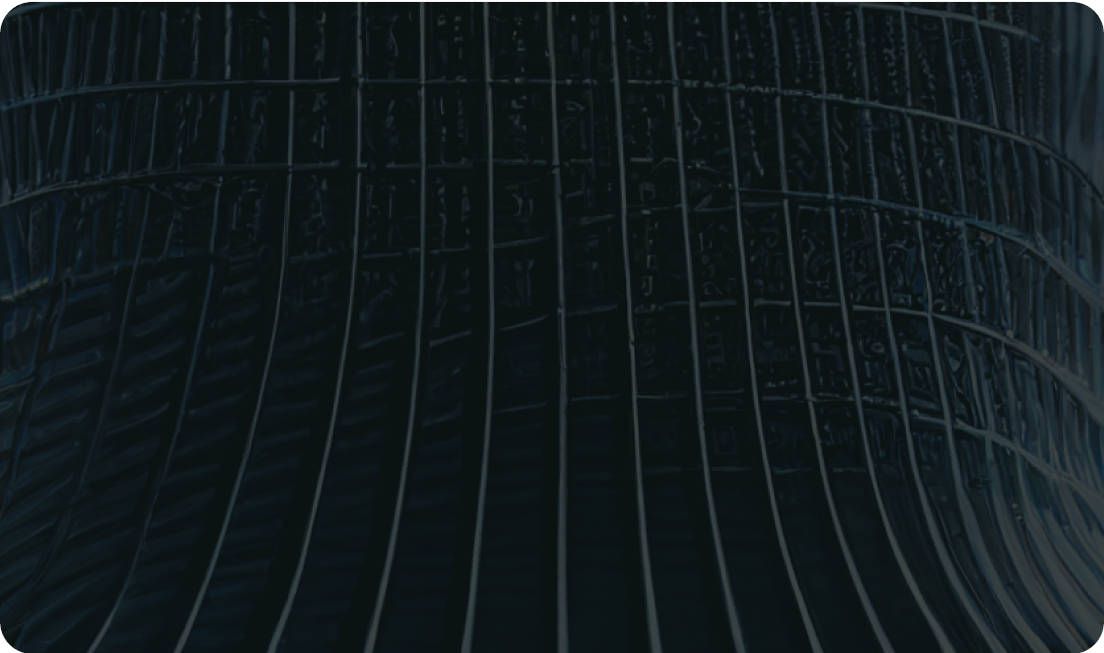Easy Guide to Python Image Processing


Image processing is changing the game in many fields, making things faster, safer, and smarter. From helping doctors see more clearly in medical images to making cars drive themselves, it’s everywhere. Python, with its easy-to-learn style and powerful tools, is making image processing more accessible to everyone. Whether you’re new to this or looking to sharpen your skills, Python is the perfect place to start your image processing journey. Let’s dive in and see how it’s making a difference and why it’s the go-to choice for so many.
Image processing is like giving a computer a pair of smart glasses to help it understand and work with pictures. It involves taking an image and manipulating it to improve its look, find specific parts, or even get important information from it. This can mean making the colors pop, sharpening the edges, or identifying where an object is in the picture.
Image processing is used in tons of areas, making a big impact:
The benefits are huge. Image processing can save time, make things more accurate, and even save lives in medical settings.
Python is a top pick for image processing because it’s easy to learn and has a massive community behind it. This means lots of guides, tutorials, and tools are available to help you get started. Python’s libraries, like OpenCV, provide ready-made functions for a wide range of image processing tasks. This makes it quicker and easier to get results, even if you’re not a programming pro. Plus, Python works well with other tools and systems, making it a flexible choice for all kinds of projects.
In short, image processing is a powerful tool with applications in many fields, and Python is the ideal language to explore this exciting area, thanks to its simplicity, strong libraries, and supportive community.
Description: OpenCV is one of the most popular and comprehensive libraries for image processing. It provides a wide range of tools for image manipulation, computer vision, and even machine learning.
Image blurring example:
Pros:
Cons:
Description: Scikit-image is a collection of algorithms for image processing that is built on top of SciPy. It is designed to be easy to use while still providing advanced image processing capabilities.
Image Blurring example:
Pros:
Cons:
Description: Pillow is an easy-to-use library for opening, manipulating, and saving many different image file formats. It is a fork of the original PIL (Python Imaging Library), adding some user-friendly features and compatibility with modern Python versions.
Image blurring example:
Pros:
Cons:
Description: While not a dedicated image processing library, NumPy is a fundamental package for scientific computing in Python. It provides support for large, multi-dimensional arrays and matrices, along with a collection of mathematical functions to operate on these arrays.
Image blurring example:
Pros:
Cons:
Each of these libraries has its own strengths and weaknesses, making them suitable for different types of image processing tasks. Choosing the right one depends on your specific needs, your level of expertise, and the nature of your project.
Now that we’ve explored various image processing libraries in Python, let’s take a closer look at Ikomia, a platform designed to make image processing even more accessible and powerful. Ikomia provides a set of tools that work seamlessly with Python, helping you to streamline your image processing workflows and achieve better results with less effort. Here’s a breakdown of what Ikomia has to offer:
Description: Ikomia HUB is like a big library filled with open source image processing algorithms. It’s a place where you can find, share, and use different image processing solutions created by experts from around the world.
Pros:
Cons:
Description: Ikomia STUDIO provides a user-friendly interface for designing and executing image processing workflows. It’s like having a personal assistant to help you visualize and manage your image processing tasks.
Pros:
Cons:
Description: The Ikomia API allows you to integrate Ikomia’s capabilities directly into your Python programs. It’s like having a set of superpowers that you can add to your image processing toolkit.
Pros:
Cons:
Ikomia is all about making image processing easier, faster, and more efficient. Whether you’re looking for ready-made solutions, a visual way to manage your workflows, or a way to supercharge your Python scripts, Ikomia has something to offer. So why not give it a try and see how it can enhance your image processing projects?
-> How to get started with Ikomia STUDIO
-> How to get started with Ikomia API


